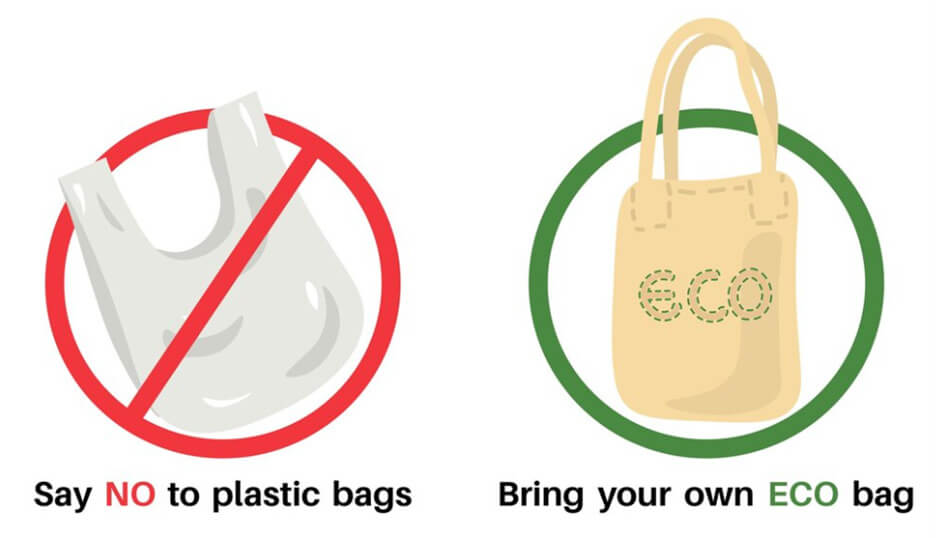Chemistry of Plastic
Plastic is a synthetic or semi-synthetic material that is malleable, durable, and lightweight. It has been used in various products and applications since its invention in the late 19th century. Plastic comprises organic polymers formed into solid objects by multiple techniques. The most common form of Plastic is thermoplastic, which can be heated and reshaped repeatedly. You can see plastic manufacturing many everyday products, including packaging, toys, furniture, and medical devices. Even to make synthetic fibers, such as nylon and polyester, and in the construction of buildings, we use plastic.

Advantages and Disadvantages of Plastic
Although plastic has many advantages over other materials, it has hazardous potential environmental impacts, particularly its non-biodegradability. Let’s look at the Advantages and Disadvantages of plastic.
Advantages
#1 Durability
Plastic is a highly durable material, making it ideal for various applications. It is resistant to water and many other chemicals, making it ideal for outdoor use and in high-traffic areas. It is also resistant to wear and tear, as you can use it repeatedly without losing its original shape or appearance.
#2 Cost-effectiveness
Plastic is an inexpensive material, making it an excellent choice for making products in large quantities. Additionally, Plastic is so durable that it can be used more extensively than other materials, resulting in cost savings over time.
#3 Lightweight
Plastic is lightweight, making it easy to transport and work. It is ideal for applications where weight is a factor, such as automotive or aerospace industries.
#4 Versatility
Plastic can be molded into various shapes, sizes, and colors, making it an excellent choice for products you can customize for specific applications. Additionally, combine plastic with other materials to create products with different characteristics, such as increased strength or flexibility.
#5 Safety
Plastic is a non-toxic material, making it an excellent choice for products that come into contact with food, drinks, or other consumables. Additionally, many types of plastic are flame-retardant, making them a great choice for applications where fire safety is a concern.
Disadvantages
#1 Plastic is Not Biodegradable
One of the main disadvantages of using plastic is that it is not biodegradable. It means that it will not decompose or break down naturally and, as a result, will remain in the environment for an extended period. It can lead to environmental issues such as the accumulation of plastic waste in landfills and oceans.
#2 Plastic is a Non-Renewable Resource
The derivation of plastic takes place from petroleum, a non-renewable resource that can take millions of years to form. Producing Plastic requires a great deal of energy and resources, and it is not sustainable in the long term.
#3 Plastic Production Generates Pollution
The production of plastic can generate a great deal of pollution. The process of creating plastic releases harmful chemicals into the air and water, which can have a damaging effect on the environment.
#4 Plastic is Non-Recyclable
While some types of plastic are recyclable, such as Earthwise Packaging’s screw-top plastic container, many classes are not. It means using and throwing, which can accumulate plastic waste in landfills and oceans.
#5 Plastic is Not Durable
Plastic is not very durable and can easily break or crack. It may last less than other materials, such as metal or wood.
Eco-friendly Alternatives to Plastic
After knowing that plastic can have a major impact on our lives, it is our duty to reduce plastic usage. Here is the list of the best eco-friendly substitutes for plastic.
a) Stainless steel
Replace the plastic storage boxes in the kitchen, single-use cups, lunch boxes, and more with stainless steel. You can use it the same as plastic, and it’s eco-friendly.
b) Wood
It can replace plastic in household appliances like brushes, chopping boards, and cutlery.
c) Paper
You can include the use of paper in packaging and throw it in the home compost.
d) Ceramics
It is an excellent choice for food storage since it’s waterproof and stable.
Final Thoughts
The advantages and Disadvantages of plastic are its durability, low cost, and versatility, while its disadvantages include its environmental impact, health risks, and toxicity. Even though plastic has many beneficial uses, consider its environmental and health effects. Ultimately, the decision to use Plastic depends on the individual and their situation.
